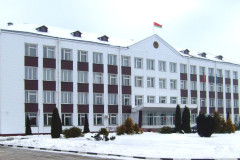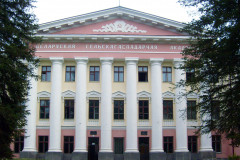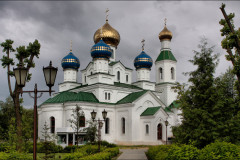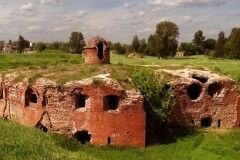Mogilev Region
Description
Mogilev Region, also Mahilyow Voblasts or Mogilyov Oblast (Belarusian: Магілёўская во́бласць; Mahilyowskaya Voblasts; Russian: Могилёвская о́бласть; Mogilyovskaya Oblast), is a region (voblast) of Belarus with its administrative center being Mogilev (Mahilyow).
Both Mogilev and Gomel Regions suffered severely after the Chernobyl nuclear radioactive reactor catastrophe in April 1986.
Important cities within the region include: Mogilev, Asipovichy, and Babruysk.
Geography
The Mahilyow Voblast covers a total area of 29,100 km2 (11,200 sq mi), about 14% of the national total. The voblast's greatest extent from north to south is 150 km (93 mi), from east to west - 300 km (190 mi), while the highest point is 239 metres (784 ft) above sea level and the lowest at 126 m (413 ft) above sea level.
Many rivers flow through the Mahilyow Voblast including the Dnieper (Dniapro), Berezina, Sozh, Druts, Pronya and Ptsich. The voblast' also has small lakes, the largest being the Zaozerye Lake with a surface area of 0.58 km2 (0.22 sq mi). The Chihirin Reservoir on the Druts River has an area of 21.1 km2 (8.1 sq mi).
The extreme eastern point of Belarus is situated within the Mahilyow Voblast to the east of the Khotimsk District.
Tourism
Number of travel agencies in Mogilev Region has grown from 20 in 2000 to 50 in 2010, 12 of which provide agent services, the others are tour operators. Mogilev Region hosts 3-4% of all the organized tourists arrivals of the Republic. Most popular cities to visit in the region are Mogilev and Bobruisk.









